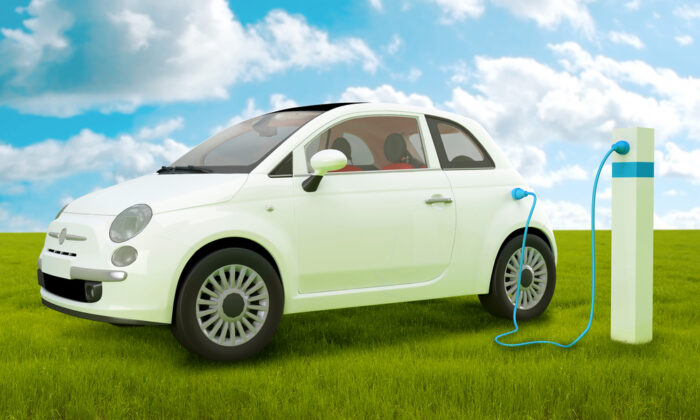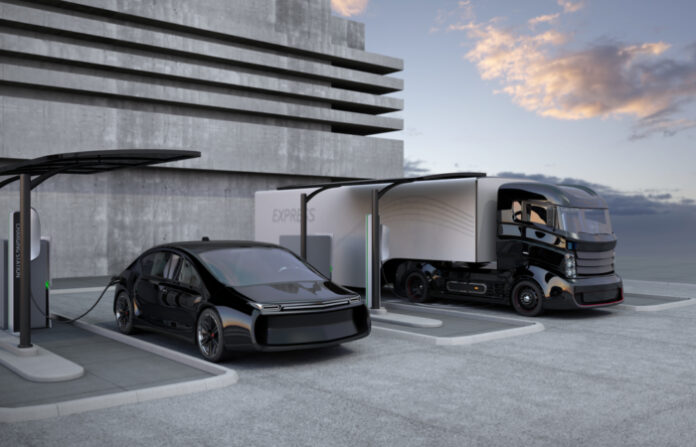Since the technological revolution, innovations in the auto transport industry have been fast-paced. The resulting trends have made the industry safer and more profitable, with high growth potential. So, how much has the auto industry grown?
In the nineteenth century, rail was the primary means of transportation for automobiles. This form of transportation was inexpensive but slow, which led to the invention of several other auto transport and shipping modes.
Today, the evolution of the auto-transport industry is evident from the trends and innovations that keep coming up. For example, the introduction of load boards where carriers and shippers can hire services online and find jobs for the service providers.
This transformation has partly been fueled by a need for flexibility, cost-effectiveness, and efficiency in the auto transport sector. This article explores recent trends and innovations in the auto transport industry.
Latest Auto Transport Trends and Innovations
Recent trends and innovations across different industries result from modern-day technological advancements. The more technology advances, the more innovations are realized in various sectors.
All these trends have in common that they enhance the efficiency of each industry’s services on a global scale. That said, eight of the influential trends and innovations that are improving the effectiveness of auto transport services include the following:
1. Artificial Intelligence
Artificial Intelligence, commonly known as AI, is an efficient technology responsible for automating functions where human beings are prone to error. This technology is also efficient in areas where human beings face risky limitations. More importantly, AI reduces the complexity of tasks, especially repetitive ones.
These benefits stand true when using AI in the auto transport industry. Leveraging this technology has not only increased safety but also efficiency when it comes to auto shipping. For example, AI monitors traffic delays, which can help the driver find alternative routes to minimize hold-ups.
In addition, AI algorithms can detect obstacles and objects during navigation in autonomous vehicles, which enhances road safety. Furthermore, some AI applications can help detect and interpret driver behaviors. For example, if a driver starts to doze off while driving, this application can automate the driving function to enhance road safety.
2. Autonomous Transportation
Autonomous is defined as the capacity to function independently. Numerous brands are working on manufacturing autonomous vehicles. Auto brands like Tesla have already tapped into this innovation, evidenced by the autopilot features in their automobiles.
While the autopilot feature is still in test mode in most countries, it signifies a future where autonomous transportation is possible. In several industries, technology has significantly increased accuracy and reduced the possibility of human errors. Nevertheless, autonomous transportation may enhance road safety if these outcomes truly reflect its ability.
Additionally, these innovations are said to have minimal emissions because of their eco-friendly features. Hence, autonomous transportation can influence more industries considering its contribution to sustainability.

3. Electric Transportation
Some factors leading to the electrification trend in the auto transport industry include reduced safety, increased greenhouse gas emissions, and congestion. For instance, the fact that electric cars do not use gasoline makes them safer.
Additionally, some electric cars are being designed with autopilot features, giving owners the option of using them in self-drive mode. This reduces human error, which also enhances safety.
Similarly, the use of alternative sources of energy significantly reduces greenhouse gas emissions. Numerous auto brands such as Volvo and Tesla invest in electric transportation to achieve sustainability requirements. This makes electric vehicles an eco-friendly auto transport trend.
4. Smart Shipping
Auto-shipping is prone to errors — whether by road, rail, air, or water. To mitigate these errors, the auto transport industry invented smart shipping. This involves designing autonomous inland vessels that require little to no human interference.
These vessels are smart ships, and using them to dispatch automobiles is smart shipping. Smart ships use advanced digital sensors that improve their accuracy when navigating. Consequently, this also enhances fuel efficiency and promotes crew safety.
5. Servitization Trend
Servitization refers to providing services as alternatives to products to enhance efficiency. An example of an industry that has already adopted this trend is the media industry. Rather than selling DVDs or CDs to consumers, the industry has developed media platforms like Spotify, Prime Video, Netflix, and so on.
Meanwhile, the need for more diverse means of transport is becoming apparent with the world’s rapid population growth. In addition, demand for automobiles is increasing by the day. However, building roads takes time. More so, building expansive ones to promote efficiency and accommodate every car owner today and in the future may take time.
Servitization in the auto transport industry seeks to provide consumers with services that are both affordable and efficient in the long term. One of the benefits of the servitization trend is that it will reduce the need to own cars. Consequently, this minimizes greenhouse gas emissions and promotes sustainable development.
Another benefit is a reduction in congestion, because people no longer need to own vehicles to move around conveniently. An example of an organization that has embraced servitization is Uber.
Overall, this trend has led to effectiveness in the auto transport industry. For example, traffic delays reduced significantly because of ride-sharing services that have come up recently.
6. Internet of Things
Internet of Things or IoT has transformed the auto transport industry significantly. But, how does it work? It uses sensors to track and gather data about the performance and condition of transport vehicles.
This innovation helps detect traffic delays and suggest alternative routes, promoting delivery efficiency. Using alternative routes to avoid delays helps reduce road congestion and promotes fuel efficiency. Meanwhile, other uses of IoT include detecting speed limits, the health of vehicles, driver safety, fuel levels, and software like Elysia battery intelligence, thus enhancing road safety.
The IoT benefits the auto transport industry by allowing companies to track their vehicles’ performances. So, if a truck experiences problems, it can be scheduled for maintenance periods to make adjustments.
7. Last-Mile Delivery
Last-mile delivery is also commonly referred to as last-mile logistics. This innovation entails the processes involved in ensuring the timely delivery of goods to a consumer. Delivery services have become quite efficient nowadays ― thanks to e-commerce platforms.
One innovation that has made this possible is GPS tracking and analytics to track shipments in real-time. This ensures the safety of the goods and allows companies to provide their consumers and other stakeholders with regular updates.
Another innovation under this trend is autonomous drones, whose efficiency and speed of delivering products are top-notch. They are commonly used to deliver groceries and medication. Both innovations contribute to clean energy by reducing greenhouse gas emissions and minimizing pollution.
Carriyo, a startup in the United Arab Emirates (UAE), is one of the companies that illustrates the last-mile delivery trend. The company collects data through its online platforms, confirms delivery addresses, and then allocates shipments to available carriers. Automated functions such as printing and label generation improve delivery efficacy.
Using last-mile innovations such as GPS sensors and autonomy enables the company to monitor its shipment and anticipate possible delays. This ensures they are not blindsided and allows time to create a backup plan to maintain customer loyalty and satisfaction.
8. Transportation Management Systems (TMS)
Executing transport is a complex task and can be challenging when done manually. Thanks to transportation management systems, this is no longer the case. This innovation involves leveraging technology to automate functions and optimize resource utilization.
Meanwhile, one primary function of TMS is real-time tracking of shipments, inventory, and drivers. Significantly, this function enhances visibility and tackles inefficiencies in the supply chain.
Another TMS function is that it analyzes and interprets data to provide insights that help achieve cost-effectiveness. For example, its ability to detect delays and determine less congested alternate routes reduces fuel consumption and saves on costs.
TMS provides significant benefits to the auto transport industry. For instance, it helps auto transport companies to be on their toes because of the kind of shipments they are making. Because of this innovation, a win-win situation in shipment delivery is achievable. This involves the buyer receiving his/her product in a good state and the seller getting his/her money.
On the other hand, the more cost-effective the delivery process is, the more profits the auto transport company gets. More profits also mean reduced losses. Thus, TMS’s data analytics and insights can help achieve cost-effectiveness. Moreover, tracking inventory ensures the accountability for all products and that the expected profits match the actual returns.
To Sum Up
Innovations in the auto-transport industry have been fast-paced since the technological revolution. The resulting trends only serve to make the auto transport industry safer and more profitable.
On the other hand, innovations like AI, TMS, and IoT have greatly improved the auto transport industry. Similarly, servitization, smart shipping, autonomous and electric transportation, and last-mile delivery have redefined the industry entirely.
The results of adopting these innovations and trends have been impressive. If contemporary patterns are anything to go by, this is just the beginning. There is more to expect in the future from the auto transport industry.
Find a Home-Based Business to Start-Up >>> Hundreds of Business Listings.














































